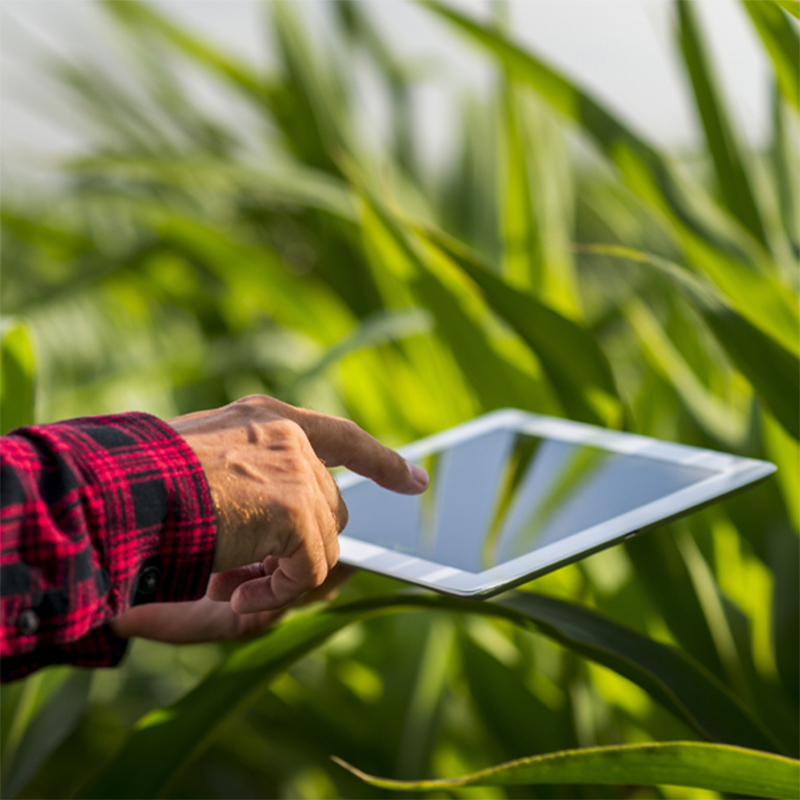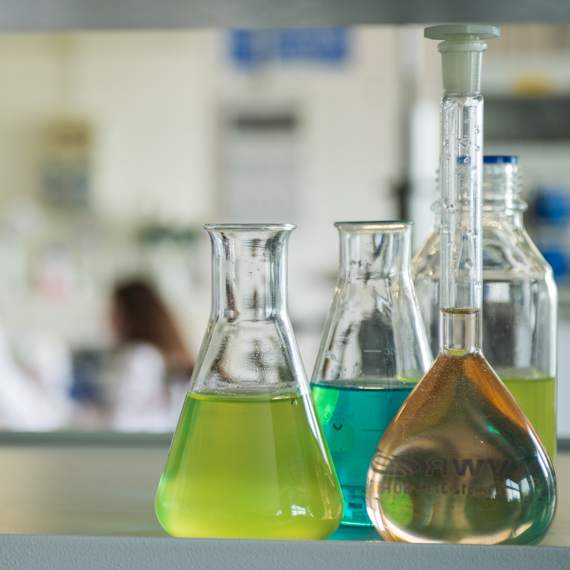
Proximity technologies and services, the new sustainable marketing of proximity technologies and services, the new sustainable marketing of crop protection products
By Daniele Fantini, Marketing & Development Manager at Sipcam Italia
Crop protection product marketing matches that of demand for food
The evolution of marketing in the agrochemical sector must match that of the supply and demand for products. It is estimated that the investments of the companies in this case vary from 2 to 6% of their turnover, but they are in line with business-to-business markets and in strong growth. All companies have main roles: from product manager to field marketing or area marketing, communication specialists and also trade marketing or customer marketing. If the main recipients in the past were farmers and retailers of technical means (consortia, cooperatives or private individuals), today they are also farmers' organizations and associations, the technicians who work to support producers and the numerous stakeholders belonging to the agricultural or agro supply chains. -industrial: for example cellars, mills and pasta factories, the canning industry, frozen foods and the so-called ready-to-eat (fresh vegetables and fruit and vegetables processed to be ready for use).
Training - Some factors driving this matter
The authorized crop protection products not only require specific training to enable them to purchase and sell, but also meet strict requirements of not posing a risk for all sectors that may be exposed to crop protection products. Despite this, our stakeholders/partners* ask not only for information about the functional value of the products, meaning their effectiveness and how to use them to control adversity, but also want to be comforted on the impact and environmental fate and on safety for the operator and for the consumer. Today the employees of the agri-food supply chain are much more interested in learning about agrochemicals in order to make more informed purchases or recommendations and to be able to demonstrate to their customers - often foreign - that they have used the products wisely and have chosen the most appropriate solutions. In our experience of Sipcam Italia, marketing actions must take into account not only the variety of recipients, but also their level of preparation: training, addressing both technique and conscious and sustainable placement of the products, is the target of investment with face-to-face meetings, in-depth technical studies, brochures, videos and also with actual training courses for technicians** of producers or supply chains. Among the issues of greatest interest is that of food safety. I would like to remind you that in 2020 Italy confirmed its excellence in Europe in terms of the breadth of its controls and less residual pesticides in food, with 97.6% of the samples analysed compliant with legal limits.
Online and offline, both are necessary
The dichotomy between online and offline in agriculture is over. The consultant and retailer interact with both physical representatives and digital sources and contacts. Today, collaborators and sales agents in the area must pursue personal relationships, but also make use of digital tools, such as CRM - Customer Relationship Management applications, social media, videos and mailing activities. In addition to the product area, companies are increasingly looking at services, some available for free, others, developed specifically to meet the new challenges of Integrated Pest Management, available for a fee. The most important element of IPM is prevention. For this reason, the European Association for the Protection of Crops (CropLife Europe) has expanded its scope of activity to include digital and precision agriculture, agricultural biotechnology and organic agriculture. These are services and products that require a marketing and communication aimed both at training of the best use of these new technologies and also at the enhancement of the innovation chains tied to the combined use of multiple technologies, including digital ones, in an increasingly integrated and sustainable approach
Key players remain the humans
Despite the progress, which makes it possible to work in extremely controlled conditions - thinking of greenhouses and more recently of vertical farming -, agricultural activity will never be able to govern the most important variable: existing "under the sky" where multiple elements, the soil, the crop, the climate and the (increasingly unpredictable) weather trends require not only preparation and competence, but also the ability to understand and react quickly to phenomena. In this context, the human factor remains key in making the right choices from an agronomic point of view, with the hope that the markets are favourable and that they can adequately reward the efforts and investments of the entire affected supply chain. Marketing also has this task: to listen and support the producer on site when he needs it.


